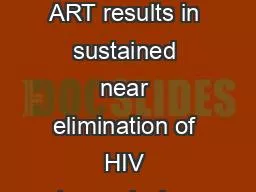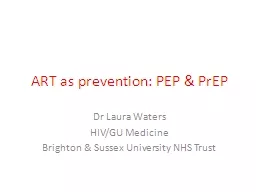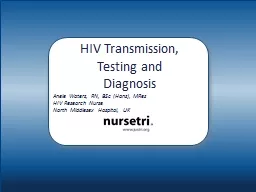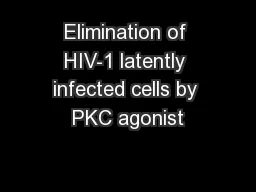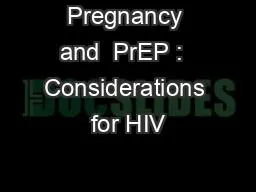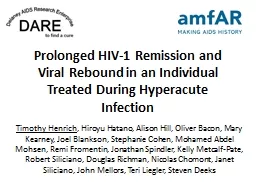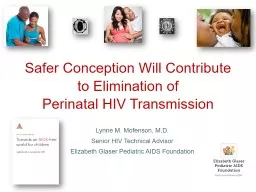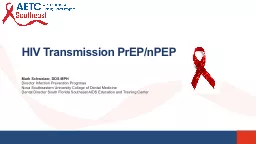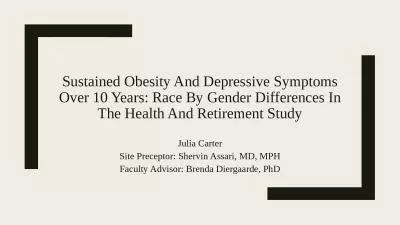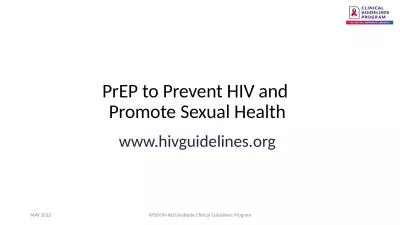PPT-Integrated delivery of PrEP and ART results in sustained near elimination of HIV transmission
Author : beastialitybiker | Published Date : 2020-08-28
Final results from the Partners Demonstration Project Jared M Baeten Renee Heffron Lara Kidoguchi Nelly Mugo Elly Katabira Elizabeth Bukusi Stephen Asiimwe
Presentation Embed Code
Download Presentation
Download Presentation The PPT/PDF document "Integrated delivery of PrEP and ART resu..." is the property of its rightful owner. Permission is granted to download and print the materials on this website for personal, non-commercial use only, and to display it on your personal computer provided you do not modify the materials and that you retain all copyright notices contained in the materials. By downloading content from our website, you accept the terms of this agreement.
Integrated delivery of PrEP and ART results in sustained near elimination of HIV transmission: Transcript
Download Rules Of Document
"Integrated delivery of PrEP and ART results in sustained near elimination of HIV transmission"The content belongs to its owner. You may download and print it for personal use, without modification, and keep all copyright notices. By downloading, you agree to these terms.
Related Documents

